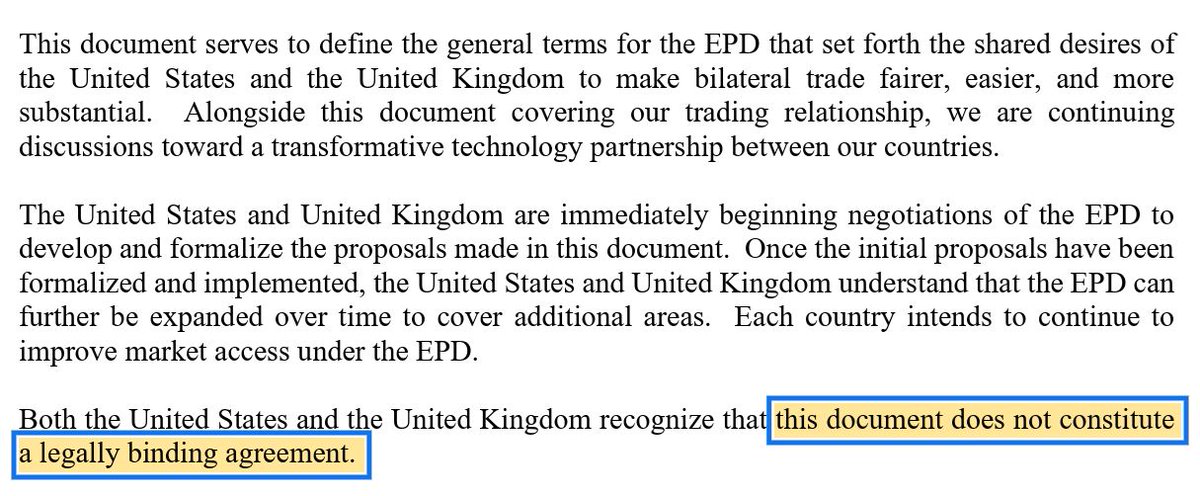Next paper at #BPEA, by Stephanie Aaronson, @marydalyecon, William Wascher and David Wilcox looks at the cyclicality of labor market outcomes across demographic groups.
brookings.edu/bpea-articles/…
I was a discussant, so thought I might show a few slides...
brookings.edu/bpea-articles/…
I was a discussant, so thought I might show a few slides...
The differences in the cyclical sensitivity of unemployment by race are just striking. A deep recession that might push the white unemployment rate up to 10% can cause the black unemployment rate to rise as high as 20%. Business cycles have very different implications by race. 

Interestingly enough, there aren’t big differences by gender. It used to be the case that women’s unemployment was more responsive to the business cycle, but in the great recession, it was men’s unemployment that rose then fell most dramatically. 

There’s some pretty stark differences by education. The unemployment rate of high school droupouts varies dramatically over the business cycle. For college grads, the unemployment rate never rose above 5%, even in the depths of the great recession. 

The lack of cyclical variation in unemployment among college grads is so striking that I broke it apart. Note the scale: There’s not much variation. And for those with professional degrees or PhD’s, it’s rare for unemployment to rise above 2-1/2%, even in the worst of times. 

A strong economy helps less educated folks in every country I’ve ever looked at. This plot shows the gap between the unemployment rate of high school dropouts and college grads, versus the state of the business cycle (u-u*). A strong economy narrows these gaps everywhere. 

• • •
Missing some Tweet in this thread? You can try to
force a refresh









